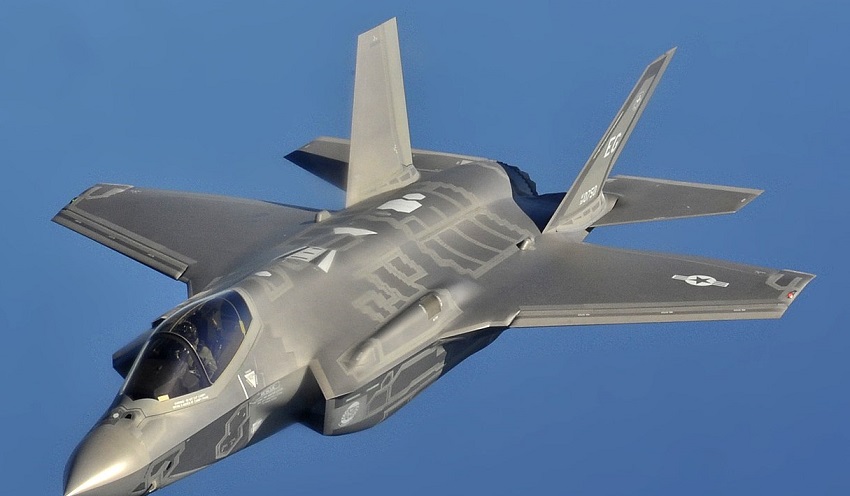
India Eyes F-35 as US Shifts Focus to Sixth-Gen F-47
As the United States accelerates development of its sixth-generation F-47 fighter jet under the Next Generation Air Dominance (NGAD) program, a notable shift in American defense export strategy is underway. This shift is opening the door for India to finally be considered as a potential buyer of the highly coveted F-35 Lightning II stealth fighter—a possibility long delayed due to strategic hesitations.
US F-47 Fighter Strategy
The F-47 is expected to become the most advanced air superiority platform ever deployed, integrating artificial intelligence, manned-unmanned teaming, and enhanced stealth capabilities. With over 185 units planned, the U.S. Air Force is preparing to retire or phase out portions of its F-22 and even F-35 fleets in favor of the F-47 in the coming decade.
This change has broader geopolitical implications. As the F-47 becomes the centerpiece of future U.S. air dominance, older fifth-generation platforms like the F-35 are becoming more viable for export to countries that were previously considered politically or strategically sensitive markets.
Lockheed Martin’s Export Realignment
The U.S. defense industry, particularly Lockheed Martin, is capitalizing on this transition. With the F-47 poised to take over front-line duties for the U.S., the F-35 is now being positioned for expanded foreign military sales. This includes countries such as India, which have long expressed interest but faced resistance from Washington due to security concerns and India’s non-alignment in geopolitical blocs.
Lockheed’s shift comes as part of a broader realignment—prioritizing exports of proven fifth-generation systems while reserving sixth-generation capabilities for U.S. and select close allies. This change also addresses the need to counter China’s and Russia’s increasing influence through advanced weapons proliferation.
India F-35 Purchase Prospects
India, with its growing strategic significance in the Indo-Pacific and increasing defense spending, is now a prime candidate for F-35 acquisition. Access to the F-35 would dramatically bolster India’s deterrent capabilities against both regional adversaries and emerging aerial threats.
The acquisition would also enhance interoperability with U.S. and allied forces in joint exercises, missions, and regional contingency planning. Given the increasing defense partnership between India and the United States, particularly through platforms like the Quad and strategic logistics agreements, the F-35’s entry into India’s arsenal would mark a watershed moment in bilateral military cooperation.
With the F-47 development reshaping the U.S. defense export landscape, India stands to benefit from a long-awaited technological leap in airpower—one that may soon turn from speculation into policy.=


















